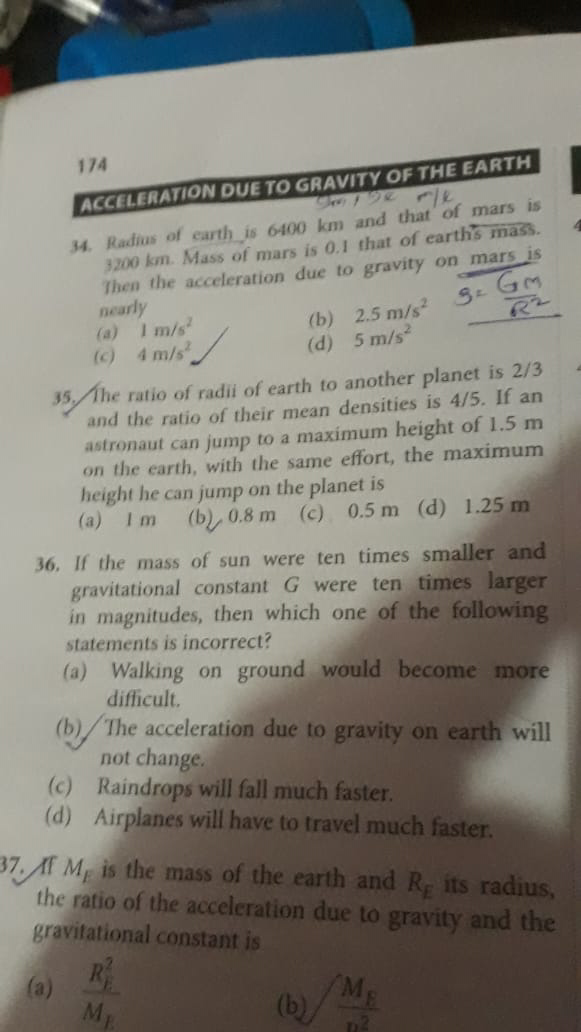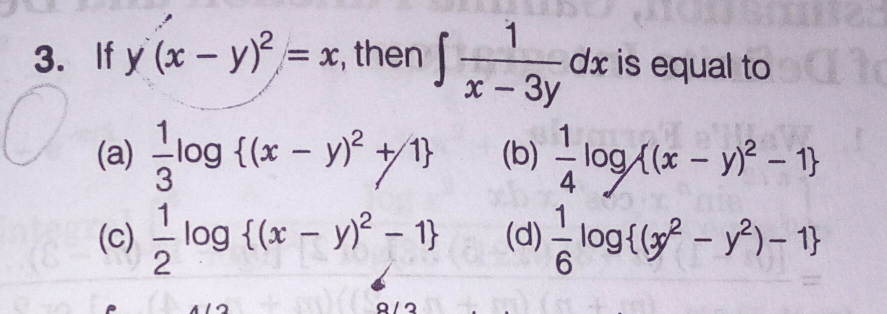
AllQuestion and Answers: Page 1636
Question Number 45237 Answers: 1 Comments: 1
$${calculate}\:\sum_{{n}=\mathrm{2}} ^{\infty} \:\frac{\mathrm{1}}{{n}^{\mathrm{3}} −{n}} \\ $$
Question Number 45235 Answers: 0 Comments: 2
Question Number 45213 Answers: 3 Comments: 0
Question Number 45211 Answers: 1 Comments: 0
Question Number 45208 Answers: 0 Comments: 1

Question Number 45204 Answers: 0 Comments: 2

Question Number 45201 Answers: 0 Comments: 6
$${find}\:\int\:\:\frac{{dx}}{\sqrt{\mathrm{1}+{x}^{\mathrm{3}} }} \\ $$
Question Number 45206 Answers: 0 Comments: 1

Question Number 45205 Answers: 2 Comments: 0

Question Number 45192 Answers: 0 Comments: 0
Question Number 45187 Answers: 1 Comments: 6

Question Number 45173 Answers: 0 Comments: 3

Question Number 45232 Answers: 1 Comments: 1
Question Number 45231 Answers: 2 Comments: 1
$${find}\:\int\:\sqrt{\left({x}−\mathrm{1}\right)\left(\mathrm{3}−{x}\right)}{dx} \\ $$
Question Number 45225 Answers: 1 Comments: 0
Question Number 45224 Answers: 1 Comments: 0

Question Number 45221 Answers: 1 Comments: 0
Question Number 45155 Answers: 2 Comments: 1

Question Number 45151 Answers: 0 Comments: 2

Question Number 45166 Answers: 1 Comments: 0

Question Number 45165 Answers: 1 Comments: 0

Question Number 45164 Answers: 0 Comments: 6

Question Number 45163 Answers: 0 Comments: 0
Question Number 45162 Answers: 0 Comments: 0
Question Number 45160 Answers: 0 Comments: 0
Question Number 45158 Answers: 0 Comments: 1
Pg 1631 Pg 1632 Pg 1633 Pg 1634 Pg 1635 Pg 1636 Pg 1637 Pg 1638 Pg 1639 Pg 1640
